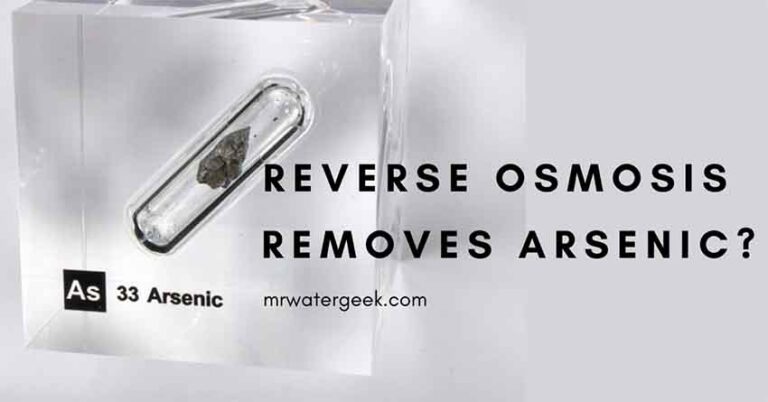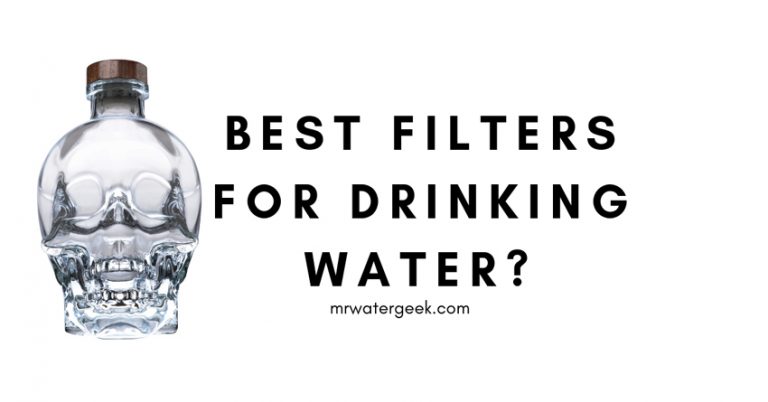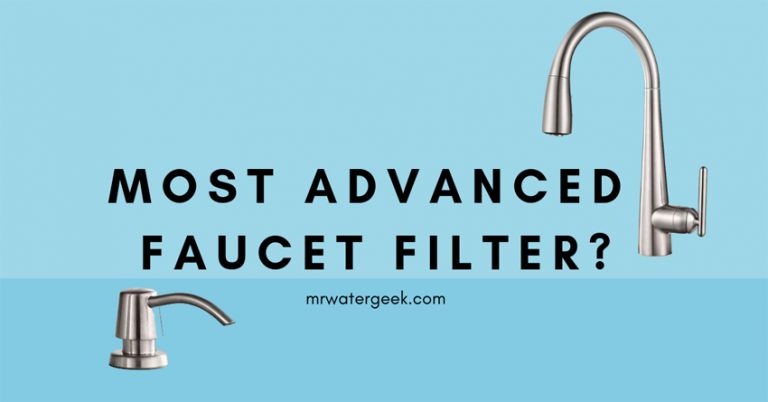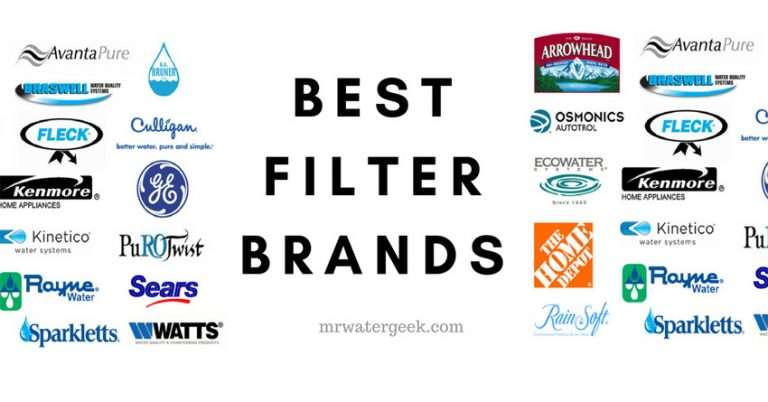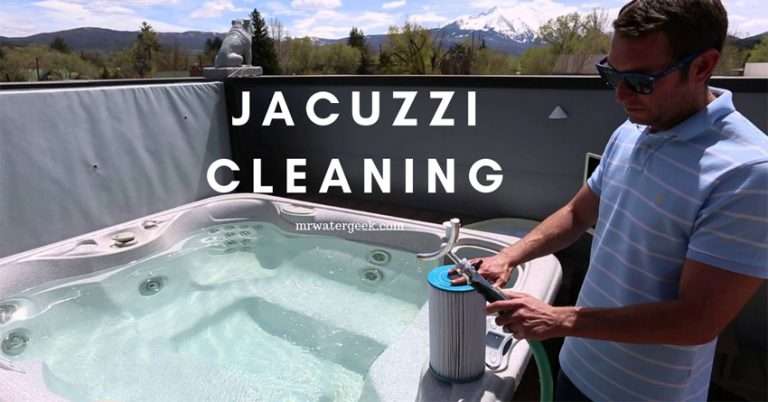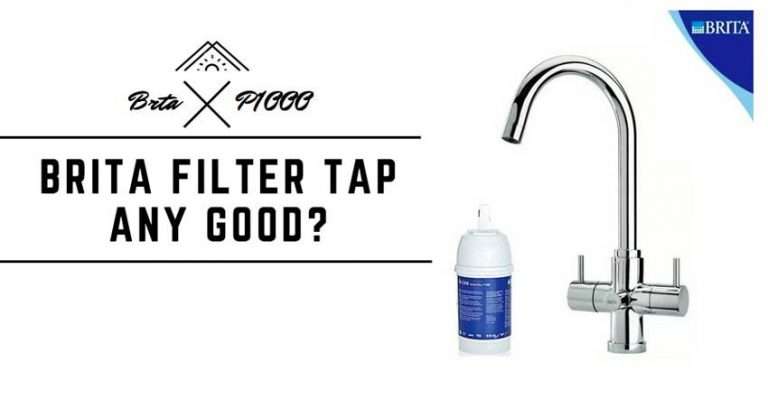Should You Get A Water Treatment With Chlorine Removal?
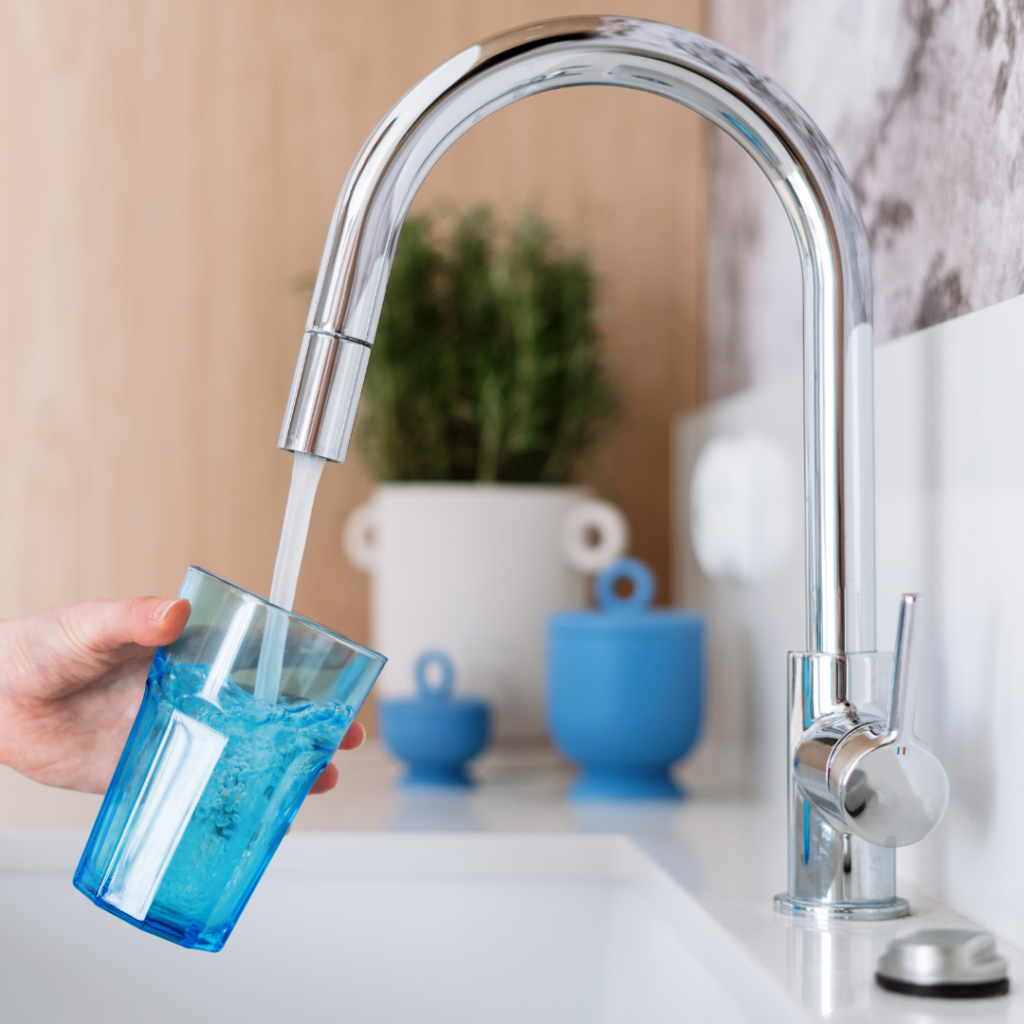
A common practice worldwide in public and city water systems is the addition of chlorine to drinking water. In the United States, the Environmental Protection Agency (EPA) regulates chlorine levels to ensure drinking water is safe to drink by effectively disinfecting it and killing bacteria, viruses, and other pathogens. While this agency has been successful in drastically reducing waterborne diseases, concerns linger about the health effects of chlorine and long-term exposure to chlorinated water.
Today, I will shed more light on water chlorination, what it is, and whether you need a water treatment with chlorine removal or not.
Should You Get A Water Treatment With Chlorine Removal?
The simple answer is that it depends on the quality of your water supply and your health priorities. The presence of chlorine in water kills bacteria and gets rid of other harmful microorganisms. Yet, its presence in water fails to impress in terms of taste, smell, and overall water quality. Additionally, some of its by-products have also been linked with health risks after long-term exposure, further showing the downside of consuming chlorine in water.
If your tap water has a strong chlorine odor and you’re concerned about DPBs, you just might need a chlorine removal system. But don’t take my word for it just yet. In the following sections, we will take a look at water chlorination, its downsides, and how to remove chlorine from water. Then, you can now make your decision.

What Is Water Chlorination?
Water chlorination is the process of adding chlorine to water sources like a public water supply to disinfect it by killing bacteria, viruses, and other pathogens. This process has been widely used in the U.S. since the 20th century to ensure that tap water is safe for drinking. This has helped in preventing outbreaks of diseases such as cholera and typhoid.
Water chlorination is a cost-effective water disinfection method because it is affordable and easy to monitor. It is also very suitable for large-scale public water supply systems where it can prevent microbial growth in pipelines. According to the EPA, public water systems have to maintain a chlorine residual level of 0.2 – 4.0 mg/L to ensure the treated water is safe for distribution through the pipelines.
While experts have well-documented the benefits of chlorine in water, they also highlight some apparent downsides. Chlorine reacts with organic matter in water to form disinfection byproducts (DBPs). These DPBs—such as trihalomethanes and halo-acetic acids—are highly regulated by the EPA because they have been classified as carcinogens. Long-term exposure can also cause reproductive issues and liver problems. The taste and smell of chlorinated water also make it less appealing to drink for some. Furthermore, long-term use of chlorinated water with home appliances such as water heaters and washing machines can cause damage because chlorine corrodes metals and degrades rubber over time.
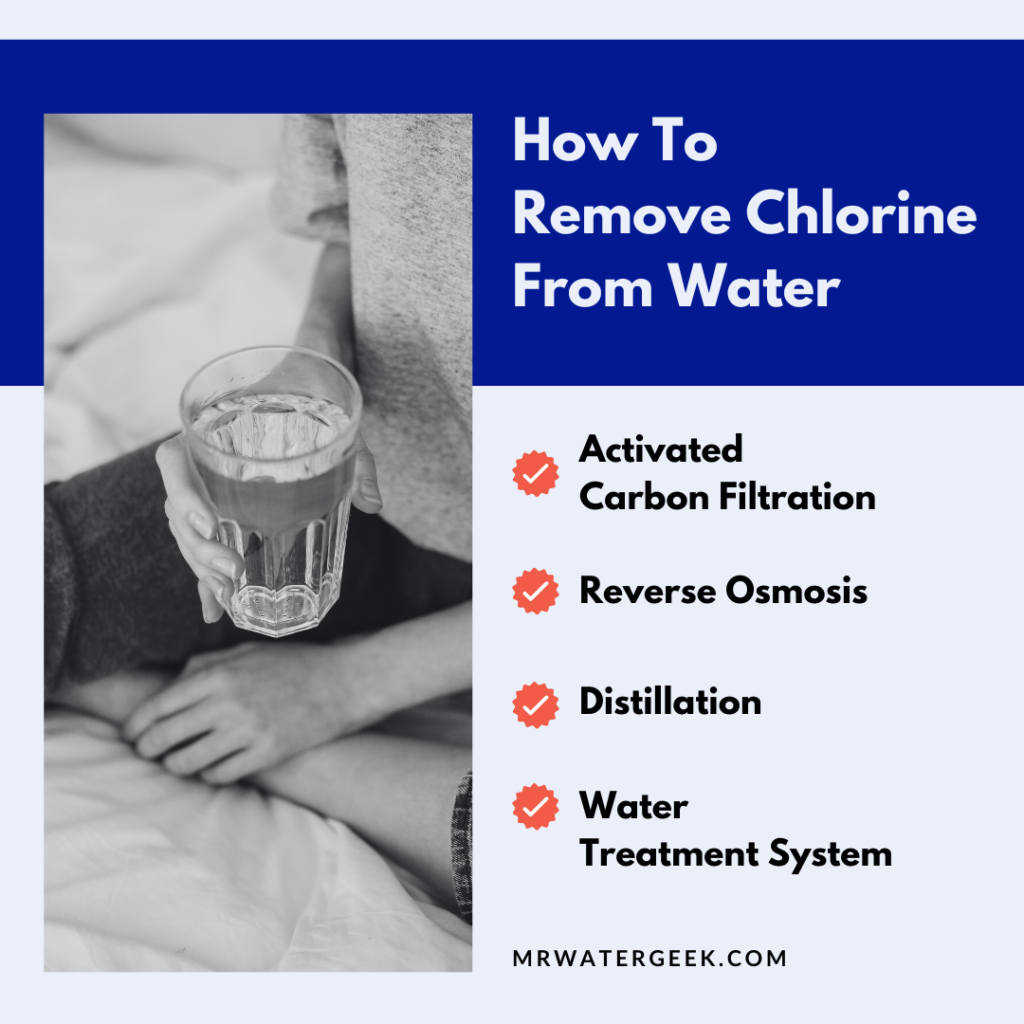
How To Remove Chlorine From Water
There are several methods you can use to remove chlorine from your water, including:
Activated Carbon Filtration
Activated carbon filtration is an effective way of removing chlorine from water. The activated carbon filters work by adsorbing the chlorine molecules, effectively removing them from the water. It removes between 95 to 99% of chlorine with the only limitation being that it doesn’t remove chloramines. It is best used with pitcher filters, faucet attachments, and whole-house systems.
Reverse Osmosis
Reverse osmosis is another highly effective method for removing chlorine from water. This process uses a semi-permeable membrane to filter out chlorine, as well as other contaminants, from the water. It removes 98% of chlorines, chloramines, heavy metals, and fluoride. It’s best used with under-sink installations.
You can check out my post for more information on how to remove fluoride in tap water.
Distillation
Distillation is a water purification method that involves boiling the water and then condensing the steam. This process effectively removes chlorine, as well as other contaminants, from the water. It’s best used for small batches of water but it can be energy-intensive and quite slow.
Water Treatment System
Installing a whole-house water treatment system is probably the most comprehensive way to remove chlorine from your water. These systems typically use a combination of filtration and other treatment methods to remove chlorine and other contaminants from the water throughout your home. They can range from simple under-sink filters to whole-house systems, providing clean, safe drinking water.
For more information on water treatment systems, check out some of these posts:

Which Water Treatment Component Removes Chlorine / Chloramines From Water?
Activated Carbon Filters
Activated carbon filters are highly effective at removing chlorine and chloramines from water. The carbon in the filters adsorbs these compounds, effectively removing them from the water.
Reverse Osmosis Membranes
Reverse osmosis membranes are also very effective at removing chlorine and chloramines. The semi-permeable membrane in the RO system blocks these compounds, preventing them from passing through.
KDF Filters
These filters use copper-zinc granules to reduce chlorine and heavy metals via redox reactions. It is often paired with carbon in shower filters.
Ion Exchange Resins
Ion exchange resins can be used to remove chloramines from water. These resins exchange the chloramine ions for other ions, effectively removing the chloramines from the water.
Ultraviolet (UV) Light
UV light can be used to break down chloramines in water, effectively removing them from the water supply.
Catalytic Carbon
These are specialized carbon that removes chloramines. They are used in municipal water treatment and advanced home systems.
Getting a water treatment with chlorine removal is a smart move.
Chlorine is essential for keeping our public water supply safe, but its byproducts and long-term exposure risks warrant consideration. If your water has a strong chemical taste, causes skin dryness, or you’re wary of DBPs, investing in a water treatment system with chlorine removal is a smart move.
For most households, installing a whole-house treatment system might be the best approach for a thorough result. Always test your water quality first, especially if you’re on a private well or notice changes in your tap water. By addressing chlorine concerns, you’ll enjoy cleaner, better-tasting water and peace of mind.
You can also check my previous post, “ZeroWater filter review,” for what to look for before choosing a water filter or filtration system.
If you’re interested in more product reviews, how-to guides, and beneficial posts on all things water, be sure to check out my blog. I’m always happy to help!
Stay cool & stay hydrated,
Shashank Varma (Mr. Water Geek)

